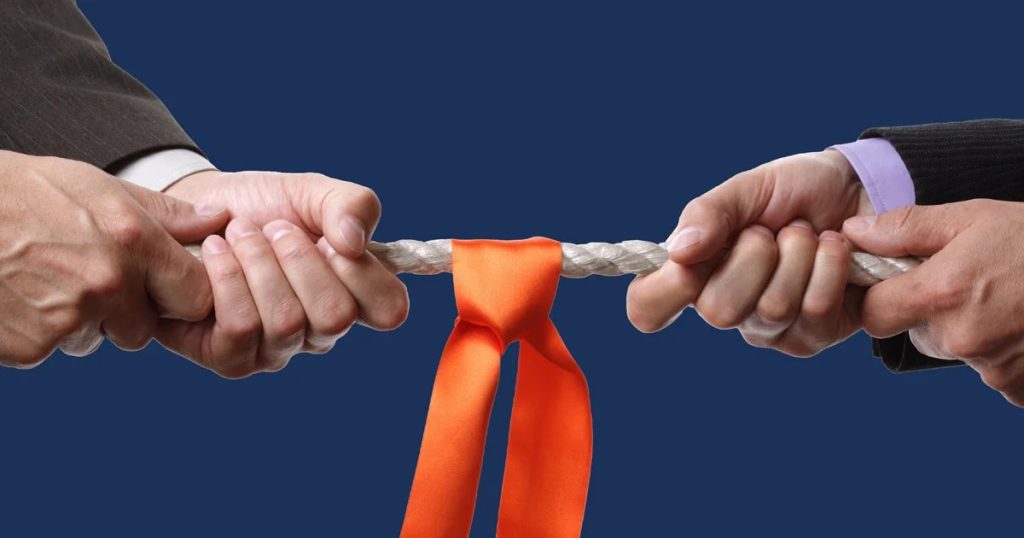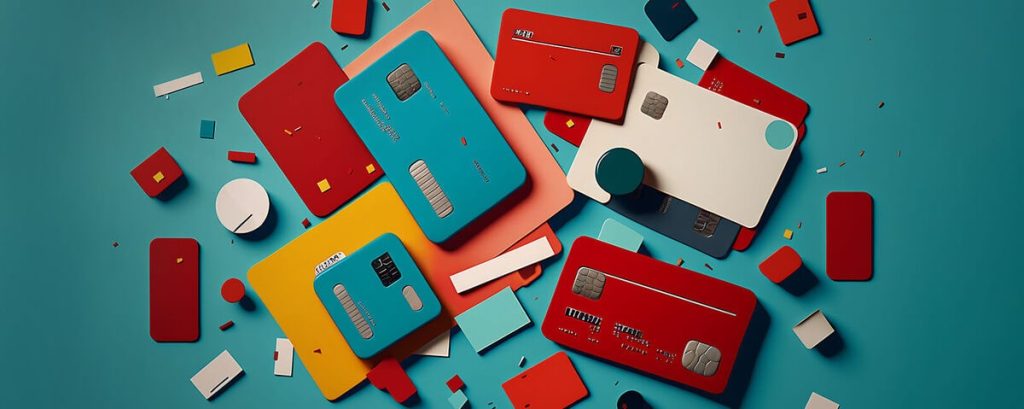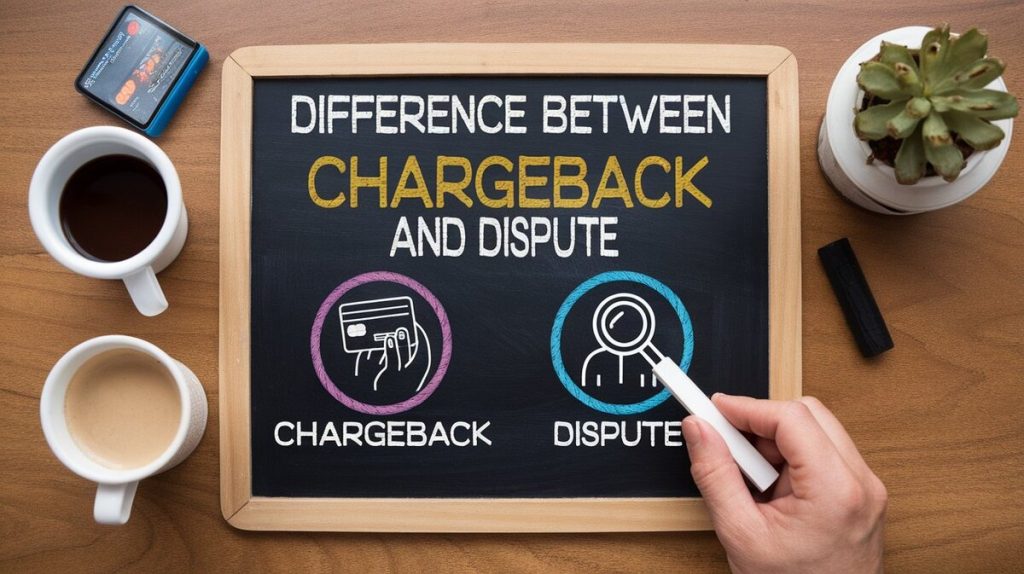Understanding chargebacks and disputes is crucial for merchants and consumers. Both processes are essential for resolving issues related to transactions, but they operate differently and have distinct implications.
Introduction
Chargebacks and disputes are mechanisms that protect consumers and ensure transaction integrity. For merchants, the ability to differentiate between these two processes can prevent significant financial losses.
What is a Dispute?
A dispute arises when a cardholder questions a transaction on their account. Common reasons for disputes include:
- Unrecognized transactions.
- Dissatisfaction with the product or service.
- Non-receipt of goods or services.
The process begins when the cardholder contacts their bank to contest the transaction. The bank investigates, often asking for more information from both the cardholder and the merchant.
Key Facts:
- Visa and Mastercard report that over 60% of disputes stem from transactions that consumers do not recognize.
- Most disputes are resolved without escalating to a chargeback, especially when merchants maintain clear communication.
What is a Chargeback?
A chargeback is a forced transaction reversal initiated by the cardholder’s bank when a dispute is not resolved in favor of the merchant. Chargebacks protect consumers from fraud and unauthorized transactions but can be costly for merchants.
Key Points:
- Chargebacks involve the cardholder, the issuing bank, the card network, the acquiring bank, and the merchant.
- Chargebacks result in transaction reversal and often incur additional fees for the merchant.
Key Facts:
- 86% of chargebacks result from unresolved disputes.
- Merchants lose about $2.40 for every dollar lost to chargebacks, including fees and penalties.

Key Differences Between Disputes and Chargebacks
Understanding the differences between disputes and chargebacks is essential for merchants. Here’s a breakdown:
| Aspect | Dispute | Chargeback |
|---|---|---|
| Initiation | Cardholder contacts the issuing bank. | Issuing bank escalates unresolved disputes. |
| Resolution Process | Investigative, often resolved by communication. | Formal process, involves multiple financial institutions. |
| Financial Impact | No immediate financial impact. | Transaction amount reversed, fees imposed on the merchant. |
| Frequency | More frequent, often resolved without further escalation. | Less frequent, more costly for merchants. |
How to Prevent Disputes from Becoming Chargebacks
To avoid the escalation of disputes into chargebacks, merchants should focus on the following:
- Clear Communication:
- Provide accurate product descriptions.
- Ensure billing descriptors match the business name.
- Communicate return, refund, and cancellation policies clearly.
- Prompt Customer Service:
- Respond quickly to customer inquiries.
- Resolve issues before they escalate.
- Transaction Transparency:
- Use fraud detection tools and verify customer identities.
- Provide tracking information and ensure timely delivery.
Recommendation: To minimize chargebacks, merchants can partner with Merchanto.org, an official partner of Visa and Mastercard, which offers tailored solutions to reduce disputes and chargebacks. Visit Merchanto.org for more information.
The Chargeback Process
The chargeback process involves several steps, each governed by specific rules set by card networks like Visa and Mastercard:
- Cardholder Files a Chargeback:
After a dispute escalates, the issuing bank initiates the chargeback process. - Issuing Bank Reviews the Claim:
The bank evaluates the claim’s validity. If valid, the bank notifies the acquiring bank and reverses the transaction. - Merchant Receives Notification:
The acquiring bank informs the merchant, debiting the merchant’s account. - Merchant’s Response (Representment):
The merchant can accept the chargeback or dispute it by providing evidence that the transaction was legitimate. - Final Decision:
The issuing bank reviews the evidence. If compelling, the chargeback may be reversed.
Key Facts:
- The chargeback process typically takes 60 to 90 days to resolve.
- Less than 14% of merchants succeed in reversing chargebacks.
Table 1: Common Reasons for Chargebacks
| Reason | Percentage of Chargebacks |
|---|---|
| Fraudulent Transaction | 47% |
| Product/Service Not Delivered | 23% |
| Unrecognized Transaction on Statement | 15% |
| Quality of Product/Service Not as Expected | 10% |
| Duplicate Transaction | 5% |

How Different Card Networks Handle Chargebacks
Visa and Mastercard handle chargebacks differently. Understanding these differences can help merchants prepare more effectively.
| Card Network | Key Differences | Merchant Impact |
|---|---|---|
| Visa | Introduced the Visa Claims Resolution (VCR) initiative in 2018, streamlining the chargeback process. | Shorter resolution times, higher penalties. |
| Mastercard | Uses the Mastercom system for managing chargebacks and allows for more detailed communication. | Longer resolution process, detailed evidence required. |
Key Facts:
- Visa’s VCR system has reduced chargeback resolution times by 25%.
- Mastercard’s detailed evidence requirements have led to a 12% increase in merchant success rates during representment.
Table 2: Chargeback Fees Imposed by Major Card Networks
| Card Network | Fee per Chargeback |
|---|---|
| Visa | $20 – $100 |
| Mastercard | $15 – $75 |
| American Express | $7 – $20 |
| Discover | $15 – $45 |
Conclusion
Differentiating between disputes and chargebacks is crucial for merchants to protect their businesses from financial losses. By focusing on proactive customer service, clear communication, and utilizing chargeback prevention tools, merchants can effectively manage and reduce chargeback risks.
Final Tips:
- Document every transaction detail.
- Educate staff on dispute and chargeback processes.
- Regularly review chargeback ratios and take preventive action.
Table 3: Chargeback Prevention Tips
| Tip | Expected Reduction in Chargebacks |
|---|---|
| Clear Billing Descriptor | 10-15% |
| Prompt Customer Service | 15-20% |
| Detailed Transaction Documentation | 20-25% |
| Use of Fraud Detection Tools | 30-40% |



